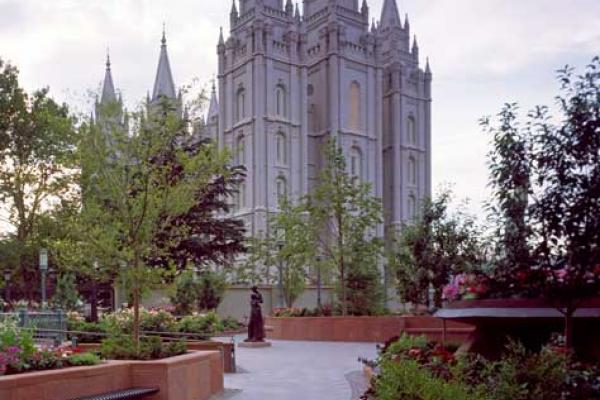SALT LAKE CITY—If you suspected the newly released U.S. Religion Census overstated the Mormons' growth rate, you were right. That’s because, this time around, the Utah-based Church of Jesus Christ of Latter-day Saints changed the way it reported its membership to the researchers.
The once-a-decade study was assembled by the Association of Statisticians of American Religious Bodies, which included self-reported data on adherents for 153 participating bodies.
Its report pegged U.S. Mormon growth at 45.5 percent, jumping from 4.2 million in 2000 to 6.1 million in 2010. The 2000 figure, however, was much lower than the 5.2 million listed in the LDS church’s own almanac for that year. If researchers had been given that figure, the percentage of growth would have been considerably smaller, closer to 18 percent.
Read the Full Article

